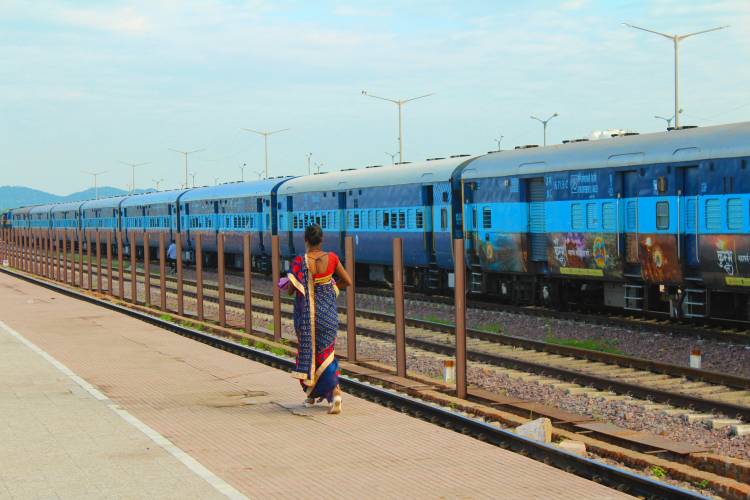Another train accident rocked India, claiming at least 15 lives and injuring over 60 people. The accident occurred when the Kanchanjungha Express collided with a goods train on Monday morning near New Jalpaiguri. This marks the second such incident since June last year.
India has seen a decline in the number of consequential train accidents, averaging 44% over the five-year period ending in 2022-23. The Indian Railways define a consequential train accident as one with serious repercussions, including injuries, loss of life, disruption of rail traffic, and damage to railway property. However, the railways have not achieved the highest level of safety. Despite a decrease in collisions, accidents still occur every three to four months, a significant improvement from over 470 such accidents, or about 39 per month in 2000-01. In two decades, consequential train accidents have fallen nearly 90%.
The last major train accident in India was the Balasore incident, which brought significant attention to the modernisation of rail signalling systems and the upgrading of rail safety measures. In this collision, three trains crashed in Odisha in June 2023, claiming around 300 lives and injuring more than 1,000 people. Railway insiders say it was foretold when a similar collision was narrowly averted in Mysuru.
READ | Coal reforms 3.0 key to India’s energy independence
Why do train accidents happen in India?
India’s recent train tragedies in Odisha and Vizianagaram were initially attributed to human error. The trains were not equipped with Kavach, the indigenous collision avoidance system. While systems like Kavach have been developed, the Indian Railways has failed to install them on most routes. The government issued a tender to cover 3,000 km of the rail network under Kavach, including the Delhi-Mumbai and Delhi-Howrah routes, with Rs 798.98 crore allocated for its installation. As of June 2024, 6,000 km of Kavach have been tendered, with deployment completed on 1,465 route kilometres and 139 locomotives (including Electric Multiple Unit rakes) in the South Central Railway zone.
The railways have also been accused of neglecting the upgrade of the signalling and telecommunication networks and suffering from a chronic shortage of personnel. According to railway minister Ashwini Vaishnav, there were nearly 315,000 vacant posts out of the total sanctioned strength of the railway workforce in 2023.
In the wake of the Balasore incident, several editorials highlighted the lessons to be learned and emphasised the need for the railways to prioritise safety. India continues to face challenges in modernising and expanding its rail services.
India’s railway network also suffers from congested lines burdened by outdated infrastructure, even as the nation prepares for high-speed bullet trains. A report by the Commission of Railway Safety reveals that train accidents are on the rise. In 2022-23, there were 48 accidents compared to 35 the previous year. The number of serious accidents involving passenger trains doubled from 2 to 4.
Persistent issues like poorly maintained tracks, outdated rolling stock, and overworked staff remain unaddressed. With longer hours and fewer rest periods, particularly for locomotive pilots, fatigue, stress, and burnout become real dangers. These fundamental problems can no longer be masked by superficial improvements.
The railways ministry has been criticised for prioritising glitz over safety. This criticism came after the recent accident and following repeated warnings from government watchdogs such as the CAG and a parliamentary committee, which highlighted safety lapses that violated the railways’ internal protocols.
The government has been focusing on big projects like Vande Bharat and increasing the average speed of trains without first upgrading safety measures in existing trains. India ambitiously plans to launch its first bullet train project by 2026. While the launch of Vande Bharat trains, advanced locomotives, and world-class stations continues to make headlines, the reality on the ground is a fragile and overburdened railway system.
Over the years, the railways have implemented measures like interlocking level crossings and mechanising track maintenance. However, more reforms are needed. Accountability must be established, and senior railway management at the divisional level, where accidents occur, must be penalised. The Railway Board should actively seek talent from external professionals and technocrats to upgrade the existing system.
Unless structural reforms are undertaken in the railways sector, such accidents will continue to happen. Previous accidents must be thoroughly investigated and made public for wider discussion and analysis.

